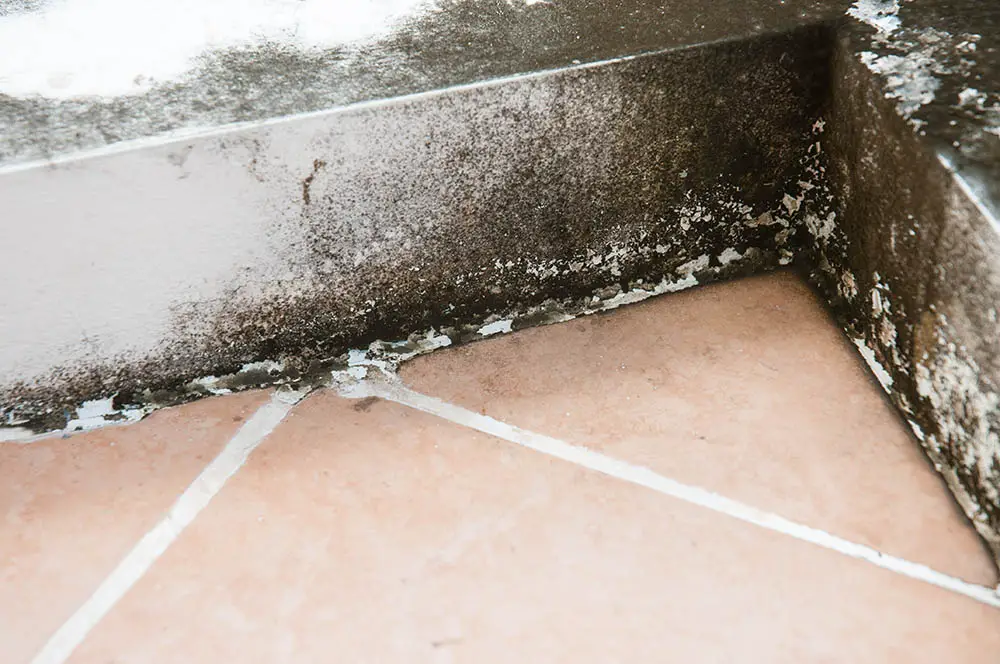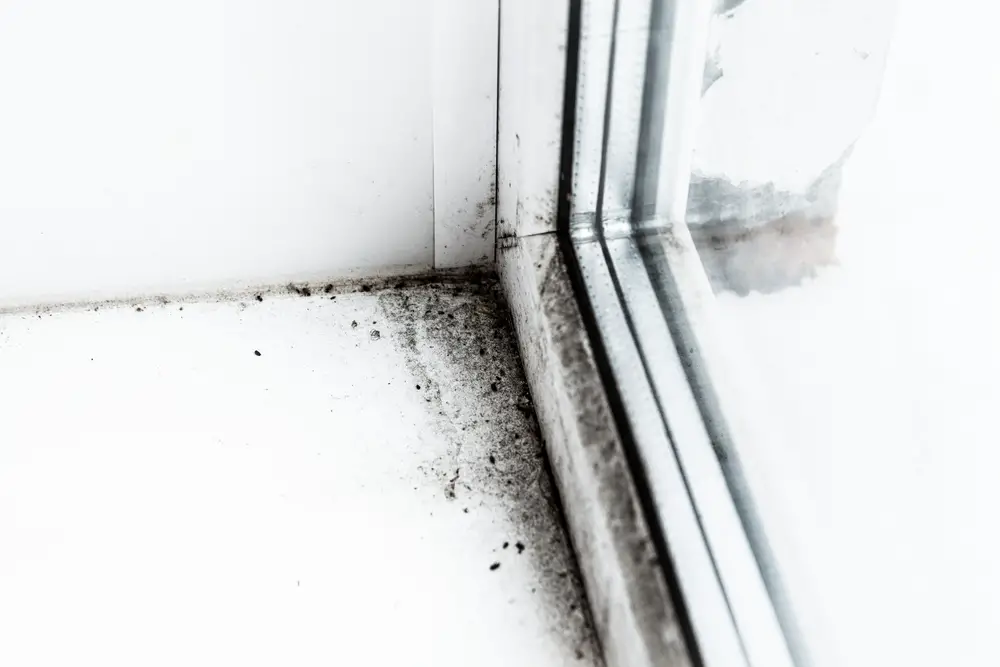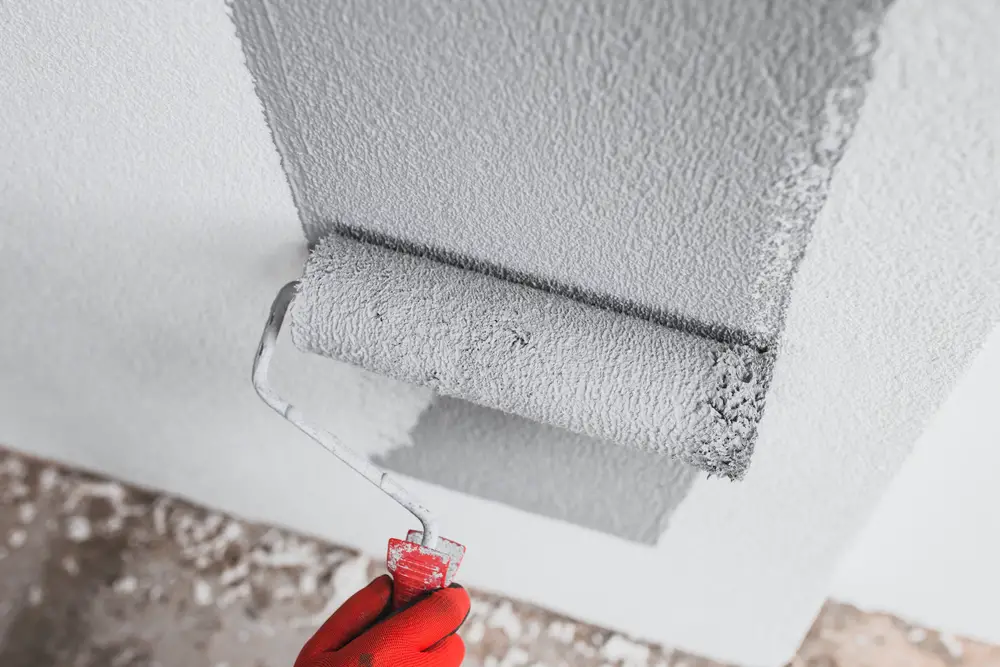Mold is a common and unwelcome guest in many homes. Once it takes hold, it can be challenging to remove and will keep coming back until the root cause is addressed. One of the most common materials on which mold grows is drywall. Understanding how quickly mold can develop and spread on drywall is crucial to prevent and mitigate damage. In this article, we’ll explore the timeline of mold growth on drywall, how quickly it can spread, and effective methods for removal.
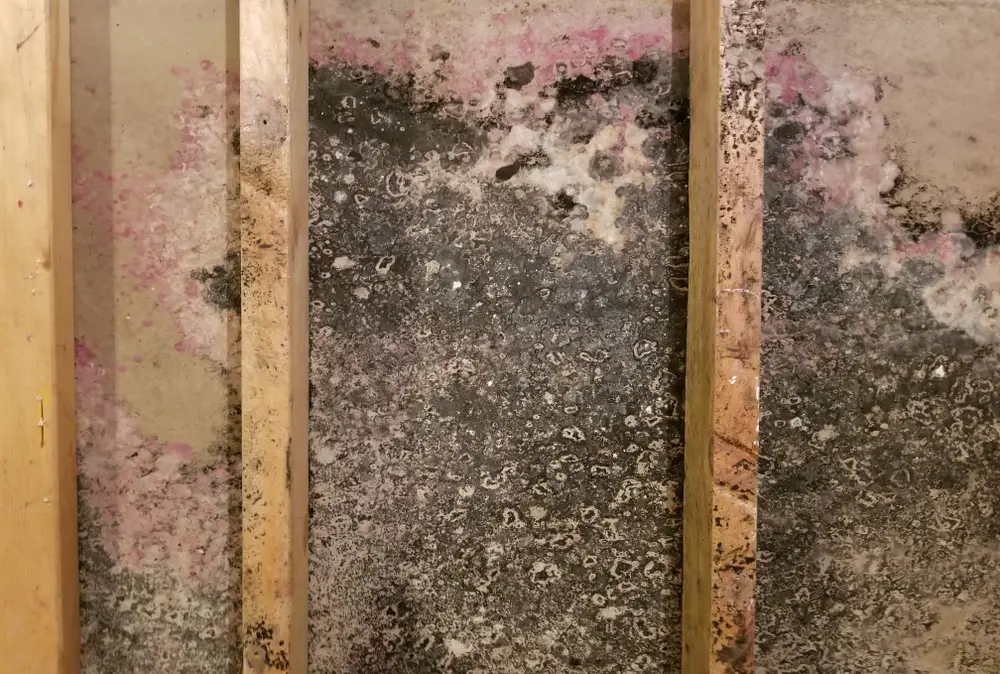
How Quickly Does Mold Grow on Drywall?
Mold can begin to grow on drywall within a surprisingly short time frame—typically between 24 to 48 hours under the right conditions. Mold spores will start to colonize within 3 to 12 days and become visible within 18 to 21 days. At this point, the problem can rapidly escalate if not addressed.
The speed at which mold grows can vary based on several factors:
- Type of Mold: Different mold species have varying growth rates.
- Environmental Conditions: Moisture levels, ambient temperature, and airflow can influence mold growth.
- Surface and Materials: Porous materials like drywall provide an ideal environment for mold to thrive.
Moisture is a key factor in mold growth. Common sources of moisture in homes include steam from showers, condensation on windows, leaks, or flooding. Mold spores are omnipresent, both indoors and outdoors, and only need moisture to begin growing.
How Fast Does Mold Spread on Drywall?
Once mold spores land on a moist surface like drywall, they can start spreading within hours. Mold feeds on the porous surface of drywall and can quickly extend to adjacent moist areas. Each hour that passes allows the mold to produce more spores, which can spread throughout the home and cause further damage.
Mold growth can compromise the structural integrity of the drywall and potentially spread to other areas, exacerbating the problem.
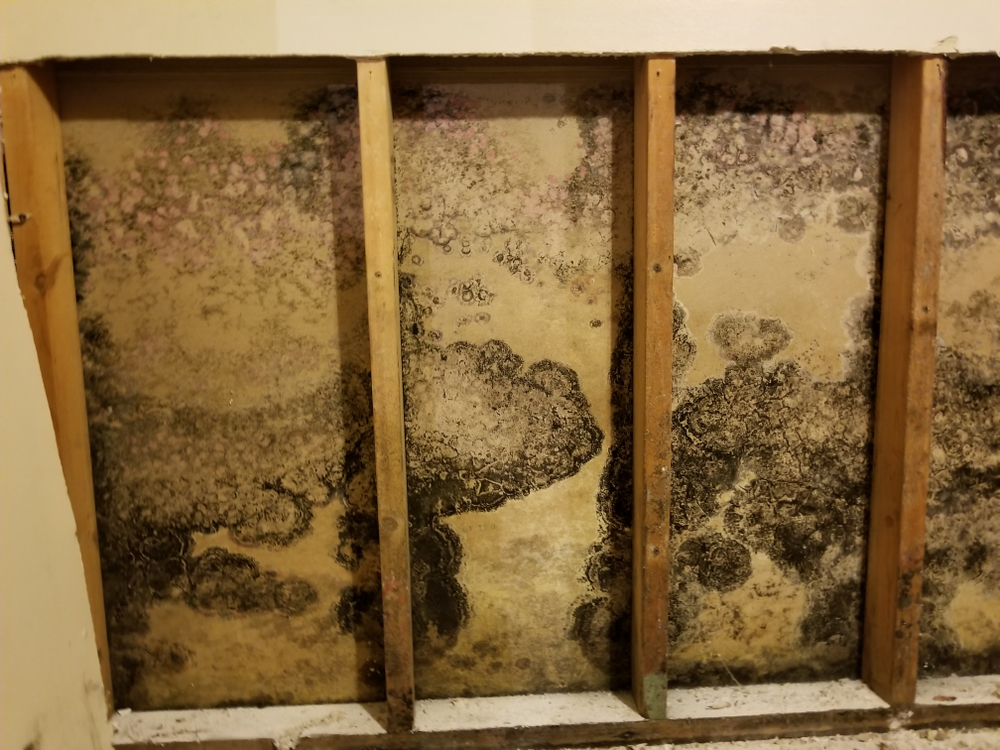
Steps to Remove Mold from Drywall
1. Choose a Cleaning Product
To effectively remove mold from drywall, you’ll need a suitable mold cleaning agent. There are many products available, so research is essential to find the best one for your needs. Common options include commercial mold removers, white vinegar, and a mixture of water and bleach (1 part bleach to 10 parts water).
2. Prepare the Cleaning Solution
Pour the chosen cleaning solution into a spray bottle, diluting it if necessary. Shake the bottle thoroughly to ensure the solution is well-mixed.
3. Ventilate the Room
Proper ventilation is crucial during the cleaning process. Open as many windows and doors as possible to allow fresh air to circulate and direct mold spores out of your home. Wearing a mask can also help prevent inhaling fumes or spores.
4. Clean the Mold
Spray the cleaning solution onto the mold-affected area. Be careful not to oversaturate the wall, as excess moisture can exacerbate the mold problem. Ensure the entire affected area is covered but avoid creating runoff.
Use a soft-bristle brush to scrub the mold off the drywall. Continue scrubbing until no mold remains visible.
5. Allow the Drywall to Dry
After cleaning, it’s essential to let the drywall dry completely. Use fans, dehumidifiers, or open windows to speed up the drying process. Ensuring the area is thoroughly dry helps prevent mold from returning.
Conclusion
Mold on drywall can develop and spread rapidly, making prompt action crucial. Understanding the conditions that foster mold growth and the steps to effectively remove it can help you maintain a healthy home environment. Always address the underlying moisture issue to prevent mold from returning. If you encounter extensive mold growth, consider seeking professional help to ensure thorough and safe remediation. By staying vigilant and proactive, you can keep your home mold-free and protect the health of your household.

